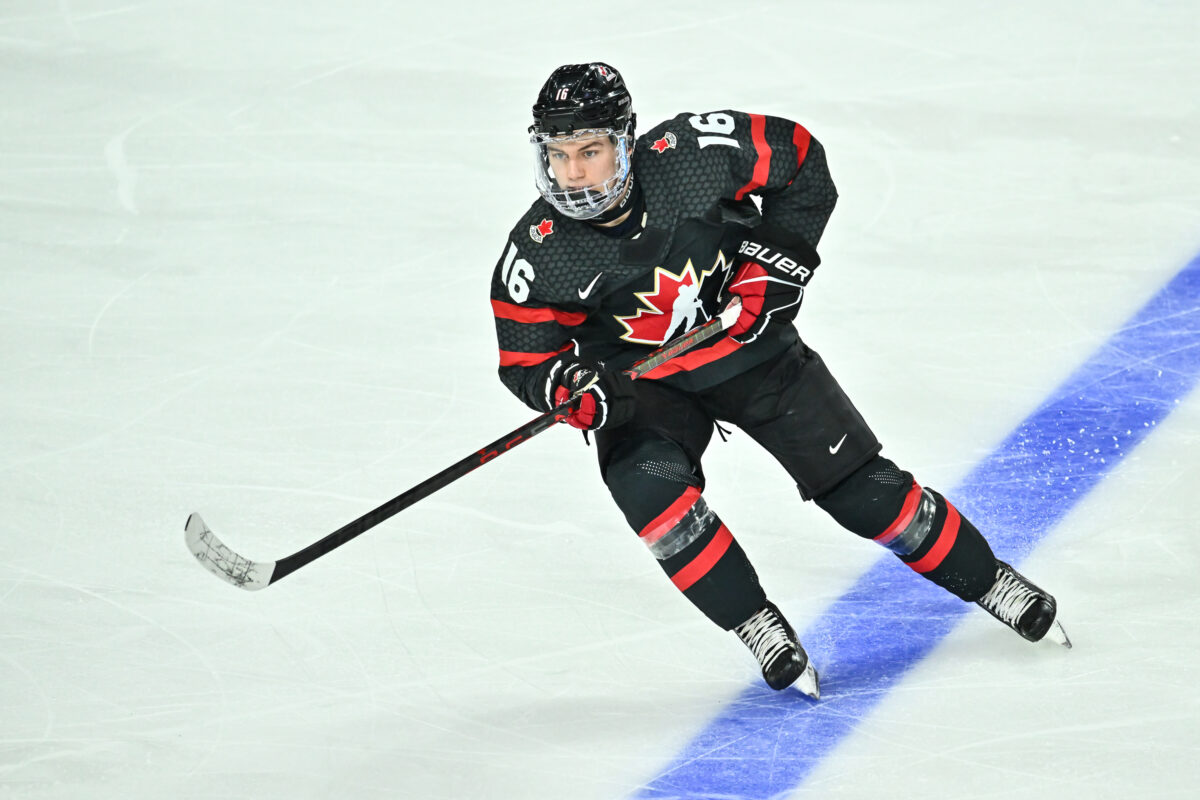The Montreal Canadiens, Pittsburgh Penguins, and San Jose Sharks were involved in a three-way trade. In the end, Jeff Petry makes his return to the Habs at 25 percent retained salary. Montreal can now look into some other potential moves because of this trade. There is a good chance that Petry could get flipped even before the season starts. If not, he can step right into the top four.
Related: Canadiens Poised for Contention in 2024-25
However, as general manager (GM) Kent Hughes considers the possibility of trading Petry, he will need to adopt specific strategies to maximize his trade value. This article outlines various approaches the team can take to ensure they receive optimal returns while parting ways with their valuable defenseman.
Canadiens Add an Aging Petry
In his last tenure in Montreal, Petry was a top-pair defenseman for the club, playing in all situations and eating a lot of minutes. He was a steady point producer, producing four consecutive 40-plus point seasons. But unlike during his last tenure in Montreal, trading him will not leave a gaping hole on the blue line. That is thanks in large part to the up-and-coming youth such as Justin Barron and even Logan Mailloux. While none are proven to be able to play a top-pairing role like Petry had, they will need time to develop their skills to be able to fill in as top-four defenders.
There has been some decline in his game over the last two seasons. In 2021-22, Petry produced only 27 points in 67 games, but that could be attributed to distraction. This directly links to his trade demand and the family situation that caused him to request it. It had nothing to do with their connection to the team but with the Covid-19 restrictions in Quebec that his wife Julie didn’t want to deal with anymore, moving the family away from Jeff and to their family home in Michigan.
His 2022-23 season with Pittsburgh saw him struggle again, with a 31-point season in 68 games played. His possession stats did improve, with a 50 percent Corsi For (CF%). As a two-way defender who leans more towards the offensive side of the game, he wasn’t set up for success as much as he could have been, as he had mostly defensive zone starts, totaling 55 percent of his shifts. Yes, he was playing behind Kris Letang, and it did factor into his overall usage, but he needs to be utilized more offensively.

Yet now, back in Montreal, Petry has two years remaining on his contract with a cap hit of $4.69 million. That is a very reasonable contract for a mobile defenseman capable of playing on the power play (PP) and providing a good transition game, even if he only scores 30 points per season.
Canadiens Look to Maximize Value
To maximize his value in a trade, the Canadiens need to carefully navigate negotiations, placing an emphasis on his contract value and his current performance being a positive addition to any contending team. Yet, if Jeff Petry begins the season, they will need to showcase his strengths effectively. His versatility as a defenseman must be a key selling point. With the Habs putting a spotlight on his average time on ice being 22:13, this demonstrates that NHL coaching staffs understand his ability to excel in various roles, as a PP quarterback on a second unit, his offensive ability at five-on-five where he can help any team improve their transitional play and controlled zone entries. They can even point to his ability in a matchup role, ideally against a team’s middle-six forward group and can also point to Petry’s 154 hits as evidence that he can play a physical style when needed.
Hughes can also rely on providing data-driven evidence to improve Petry’s trade value by highlighting the positive impact he can have on the ice. Such as his CF% mentioned earlier, along with his 53.94 expected goals for percentage (xGF%) and his 52.79 high-danger chances for percentage (HDCF%). These advanced stats paint a picture of a versatile defenseman having a positive impact offensively. Beyond goals, assists, and a plus/minus, these stats illustrate his offense but also his defensive effectiveness, as it demonstrates that he tends to keep the puck up ice in the offensive zone, away from his goaltender.
Another way to maximize the return could be for Hughes to explore a package deal, one that could include other assets. Tthe riches the Habs have in the form of draft picks (second round) and quality NHL prospects makes them one of the top franchises in the league on those fronts. Adding an asset or two from those pools, alongside Petry, even another NHL roster player, could sweeten the trade offer and entice potential trade partners to part with significant assets in return, or at the very least, take on Petry’s full salary cap (which would be considered an excellent value to the Habs) while sending Montreal back one asset that they deem significant, such as a first-round pick.
Whether Petry remains until the 2024 trade deadline or not, Hughes could even use one of his two remaining salary retention options and take on 50 percent of the current cap hit, putting his contract at $2.34 million for the next two seasons. If this were an option offered, there would be a lineup of contenders putting bids in on the 6-foot-3 defender.
Possible Trade Destinations for Petry
If past trade demands are used as a guide, Petry will prefer to go to the USA. The Dallas Stars and the Detroit Red Wings are likely at the top of his list, as his family is in Michigan and his wife is from Texas, and going there would bring them close to family as well. But those destinations are unlikely as both have just established their top six and are at the cap ceiling.
The Chicago Blackhawks could be a fit. They have over $12.8 million available under the cap and could take on the entire cap hit. With Connor Bedard now in the organization as their franchise player, he will need support to help him to develop his game in a positive atmosphere, meaning he isn’t carrying the team all alone at only 18 years old. Petry would be an instant upgrade on their second pair over Connor Murphy, and Petry’s ability in transition would be a benefit offensively for their star player. They wouldn’t need to offer a large return to add him, either; simply offering a prospect like Marcel Marcel or Colton Dach could be sufficient.

The Washington Capitals, who are currently $700,000 over the cap, are now setting their roster to provide Alexander Ovechkin with a team strong enough to allow him to continue to pursue his quest of setting the all-time NHL goal-scoring record; being a contender would be more of a side effect. Petry could become a second-wave PP player who can keep plays alive and funnel pucks to Ovechkin, who remains on ice for the entire PP.
The Philadelphia Flyers are another good fit. They have $9.2 million available on their cap, and while they are in a retooling phase under new management, adding Petry would provide them with several positives. His skill set would place him on their top four and top PP unit immediately, but more importantly for a retooling team, his addition would allow for Cam York to return to his strong side (left) and move him to a third pair with Sean Walker that would go up against team’s bottom six lines instead of their top lines. This would allow for development to be more calculated and effective.
In the end, maximizing Petry’s value in a trade requires a well-thought-out and executed strategic approach from the Habs GM. With the emphasis on his versatility, experience, advanced statistics, and management’s flexibility on the return and the salary cap, the Canadiens can ensure a return that provides more than just a cap dump but something of value to their rebuild plan.
